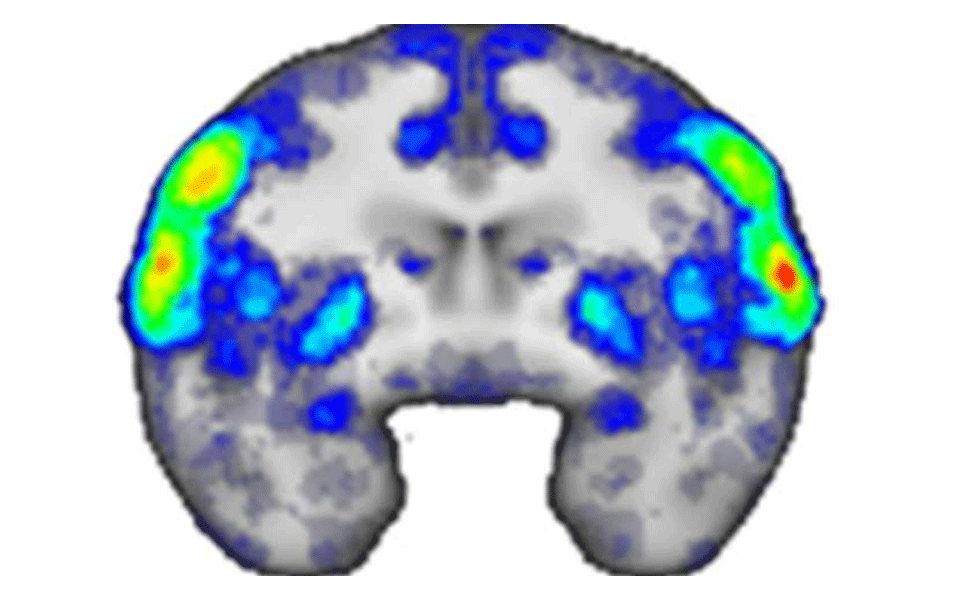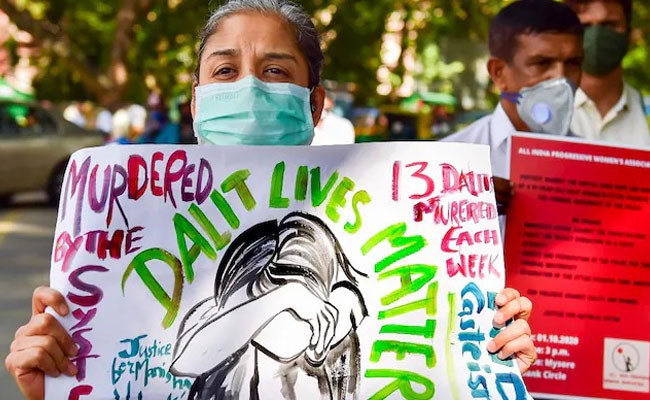New York, July 23: Researchers have discovered neural circuits in the brains of rhesus macaque monkeys that could represent a common origin for social communication, including human speech.
The findings showed that these circuits are involved in face recognition, facial expression and emotion and they may very well have given rise to our singular capacity for speech.
The team, from the Rockefeller University in New York City, used a novel experimental setup to take MRI scans of the brains of monkeys as they watched video clips of other monkeys making communicative facial expressions.
When the monkeys in the clips made a friendly lip-smacking gesture, the subject monkeys responded in kind -- but only when their pre-recorded peers appeared to be making direct eye contact with them.
Besides, the face-perception regions of the monkeys' brains that simply feed information to a region associated with emotion did not shuttle information to one another in straightforward, sequential fashion, said Winrich Freiwald, scientists at the varsity.
The videos that simulated social interaction through direct eye contact caused an unexpected third neural circuit to light up.
This suggests that specific areas of the animals' brains are sensitive to social context, and perform the specialised cognitive functions necessary for social communication.
Generating a friendly lipsmack, in particular, activated a region that resembles Broca's area -- a portion of the human brain concerned with the production of speech.
This suggests that monkey facial expressions like lipsmacks might be evolutionary precursors to human speech -- a possibility that some scientists had previously discounted on the grounds that such gestures were too simple or reflexive to pave the way for something as subtle and sophisticated as human verbal communication, Freiwald explained, in the paper reported in the journal Neuron.
Currently, the researchers are measuring the electrical activity in individual neurons in all three of the networks revealed in the scans.
"Understanding this in monkeys will help us understand communication in humans, where things are so much more complicated," says Freiwald, who describes the findings as "an important building block" in the quest to understand our species' unique way with words.
Let the Truth be known. If you read VB and like VB, please be a VB Supporter and Help us deliver the Truth to one and all.
Jhansi: A Dalit youngster was assaulted and humiliated by a group of men in a village under Premnagar police station limits on November 22, after being taken away on the pretext of being offered a cigarette. The incident came to wider attention after a video of the assault surfaced on Thursday.
According to the complaint, the youngster was standing near Goswami Restaurant in Rajgarh when Nishant Saxena, Sukrit and Kanishk approached him and asked him to accompany them. He was allegedly taken on a scooter to Saxena’s house, where two others Bhanu Pal and Ravindra were present. The group is accused of beating him with slippers, fists, kicks and sticks, abusing him with caste slurs, recording the assault on video and threatening him with a firearm, The Observer Post reported.
The video shows the youth being repeatedly slapped and kicked, forced to apologise, and made to touch one of the assailants’ feet. It also shows a man, identified as Saxena, pointing a firearm at him and ordering him to undress. The youngster is heard pleading with folded hands, saying he does not want to be taken to the police station.
CO Sadar Ramveer Singh said a case has been registered under sections of the Bharatiya Nyaya Sanhita and the SC/ST (Prevention of Atrocities) Act. He confirmed that three accused Sukrit, Anand Nayak and Kanishk Ahirwar have been arrested, while the main accused, Nishant Saxena, remains absconding.





